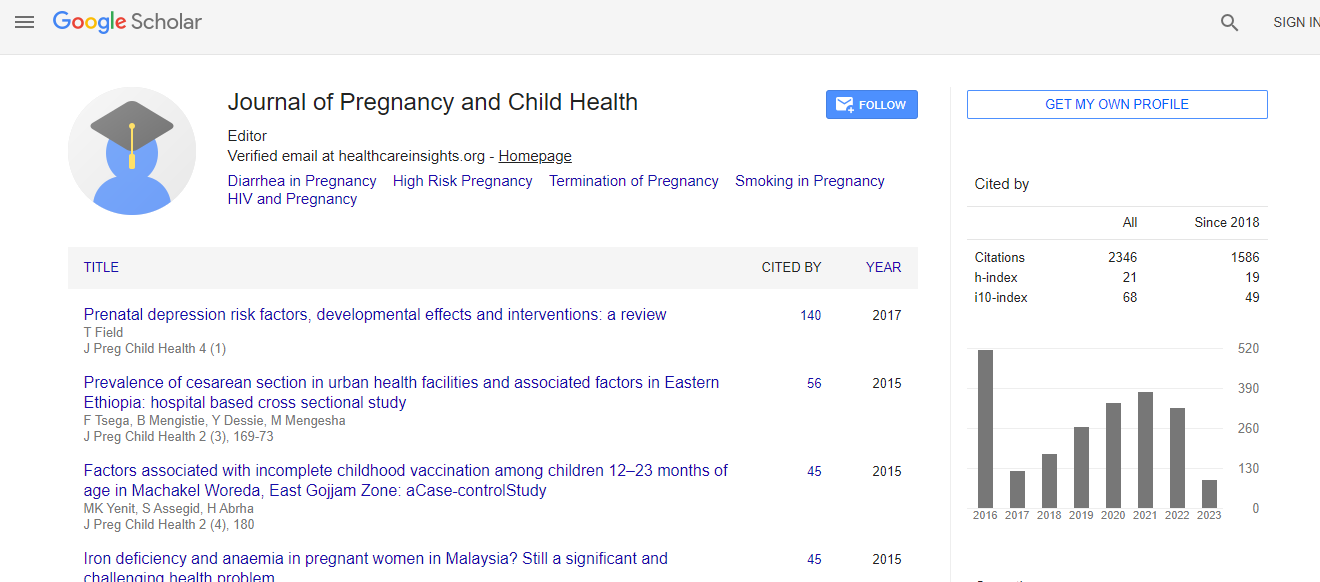Review Article
Childhood Obesity: Solutions to Address a Growing Health Concern
| Beth Haney* | |
| Assistant Clinical Professor, University of California, Irvine, Nursing Science, USA | |
| Corresponding Author : | Beth Haney Assistant Clinical Professor, Irvine Nursing Science, 299A Berk Hal, USA Tel: 714 381 8633 Fax: 714 970 9105 E-mail: haneyb@uci.edu |
| Received July 22, 2014; Accepted October 01, 2014; Published October 08, 2014 | |
| Citation: Haney B (2014) Childhood Obesity: Solutions to Address a Growing Health Concern. J Preg Child Health 1:114. doi: 10.4172/2376-127X.1000114 | |
| Copyright: © 2014 Haney B.This is an open-access article distributed under the terms of the Creative Commons Attribution License, which permits unrestricted use, distribution, and reproduction in any medium, provided the original author and source are credited. | |
Abstract
Childhood obesity is an epidemic condition that leads to chronic disease in adulthood, including cardiovascular disease (CVD). “Cardiovascular disease is the #1 cause of death in the United States and other nations” and risk factors begin in childhood. According to the U.S. Department of Health and Human Services (HHS) Report on Health in the U.S. (2013), in2011 - 2012, 20.5% of U.S. children aged 2 – 19 were classified as obese. Because of the rapid development of obesity in genetically stable populations, the childhood obesity epidemic can be primarily attributed to adverse environmental factors for which straightforward although politically difficult solutions exist. Researchers have found plant-based diets that limit added sugar and red meat, such as the Mediterranean diet, decrease the risk and incidence of chronic diseases including diabetes, CVD, and hypertension (HTN) . In addition these diets can increase energy levels and sense of well-being and if started during childhood, may prevent chronic disease in adults.

 Spanish
Spanish  Chinese
Chinese  Russian
Russian  German
German  French
French  Japanese
Japanese  Portuguese
Portuguese  Hindi
Hindi 
